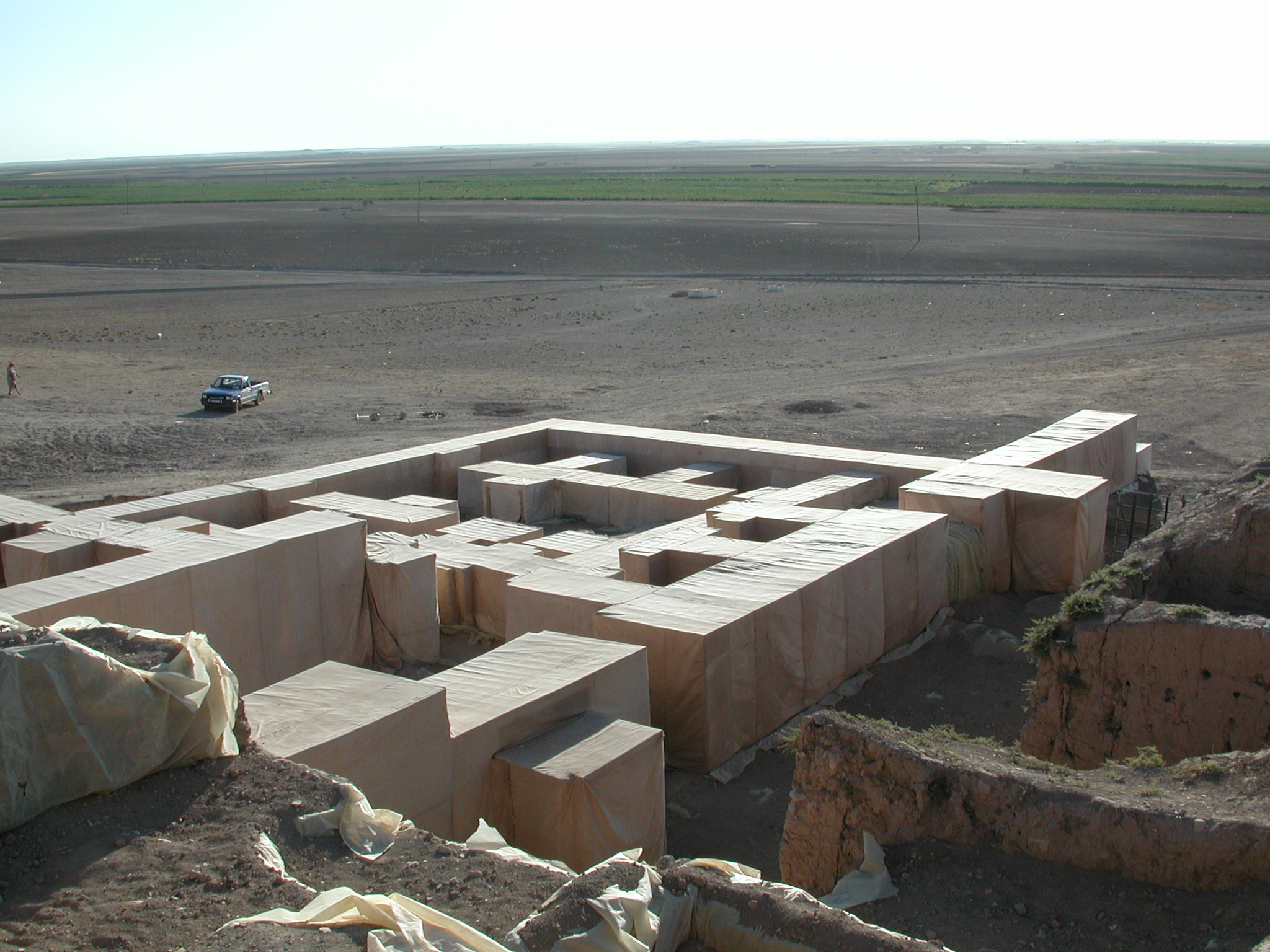|
On most excavations, conservation – when available – is viewed at best as a technique. At Mozan, instead, it is a method. This important distinction entails that we do not hand over to external intervention the residuum of our excavation (walls or objects) for repair after the fact, as if waives to an orphanage. Rather, we nurture together, archaeologists and conservators, the whole of the process, seen at once and in its integrity from diverse but convergent points of view. It is preservation in the best sense of the word, one that encompasses conservation, restoration, reconstruction, and safekeeping. This proud commitment has brought unexpected results: archaeologists thinking as conservators understand the archaeology better, and the exact converse is just as true! |

For topics related to preservation and conservation:
|
|
|
but rather the consequence of a well-defined and consistently pursued policy. It is based on a set of principles that have their root in theory and are translated into an effective, and efficient, set of practices. Preservation is a complex task, that extends well beyond repairing damages! Different competences are required for each of the three main branches involved. Conservation aims to assist in the extraction of what is most delicate, and then to protect it so that it may be safeguarded as a documentary witness of what has been found, as it was found. It should not be limited to aesthetically significant objects, but to all that is perceived to have significance for the archaeological process, even a sliver that serves to document a critical stratigraphic nexus. Restoration aims first of all to guide the excavator in developing a better perception of the cultural integrity of artifacts (architecture and objects) that emerge in a fragmentary state. With this vision present since the beginning of excavation, it then proceeds to actually implement a physical restructuring of the fragments (in a measure compatible with significance and costs). Reconstruction is a special form of restoration: it is a reproduction of a building or an object which does not incorporate any of the original fragments. The relevance of collections for field work has attracted so far hardly any attention, but I consider it an indispensable component of the excavation process. Going beyond the simple notion of transfer of the most important objects to the Museum, I feel that organizing and curating collections must be an integral part of the repertory that the expedition makes available for study. |